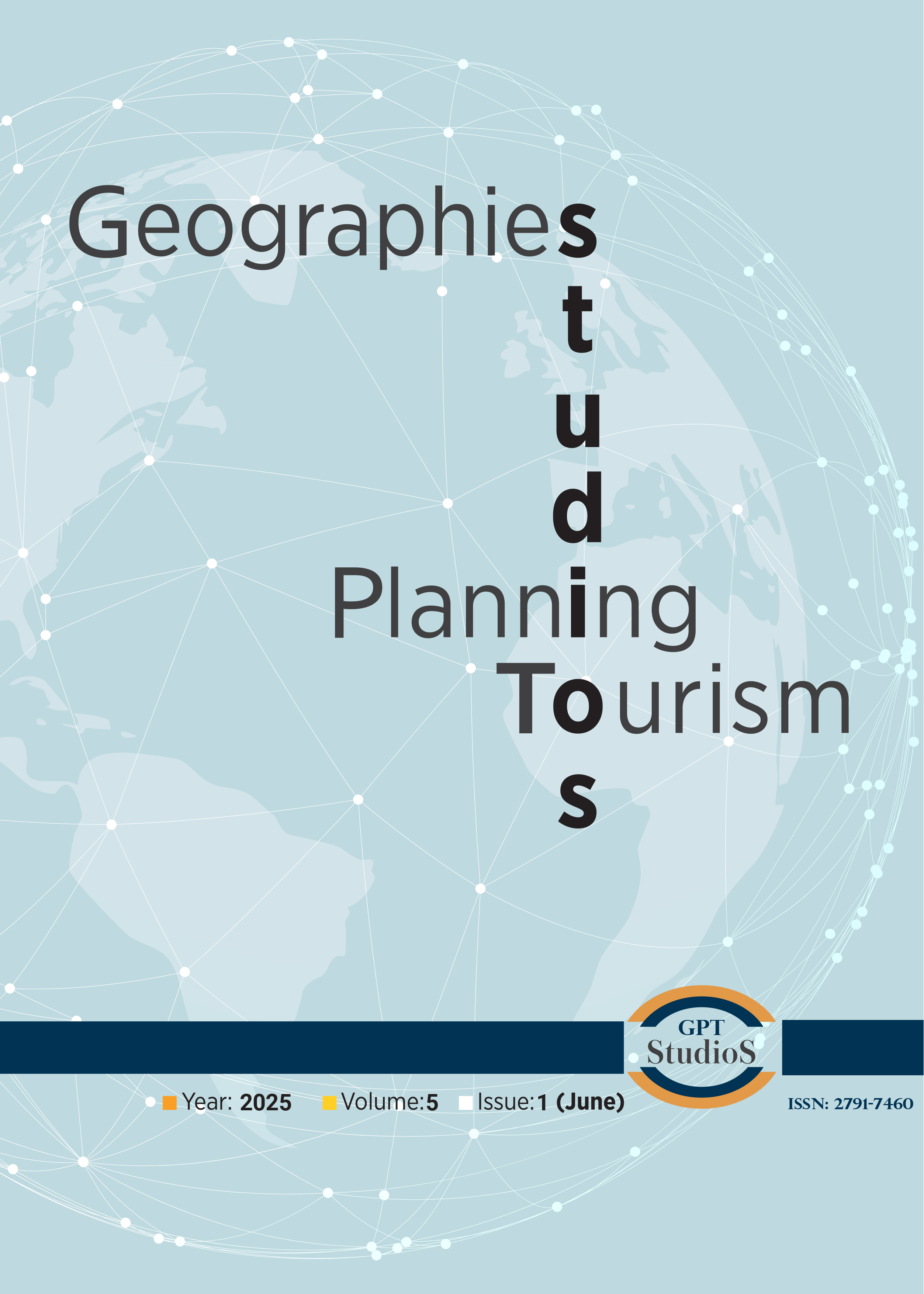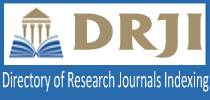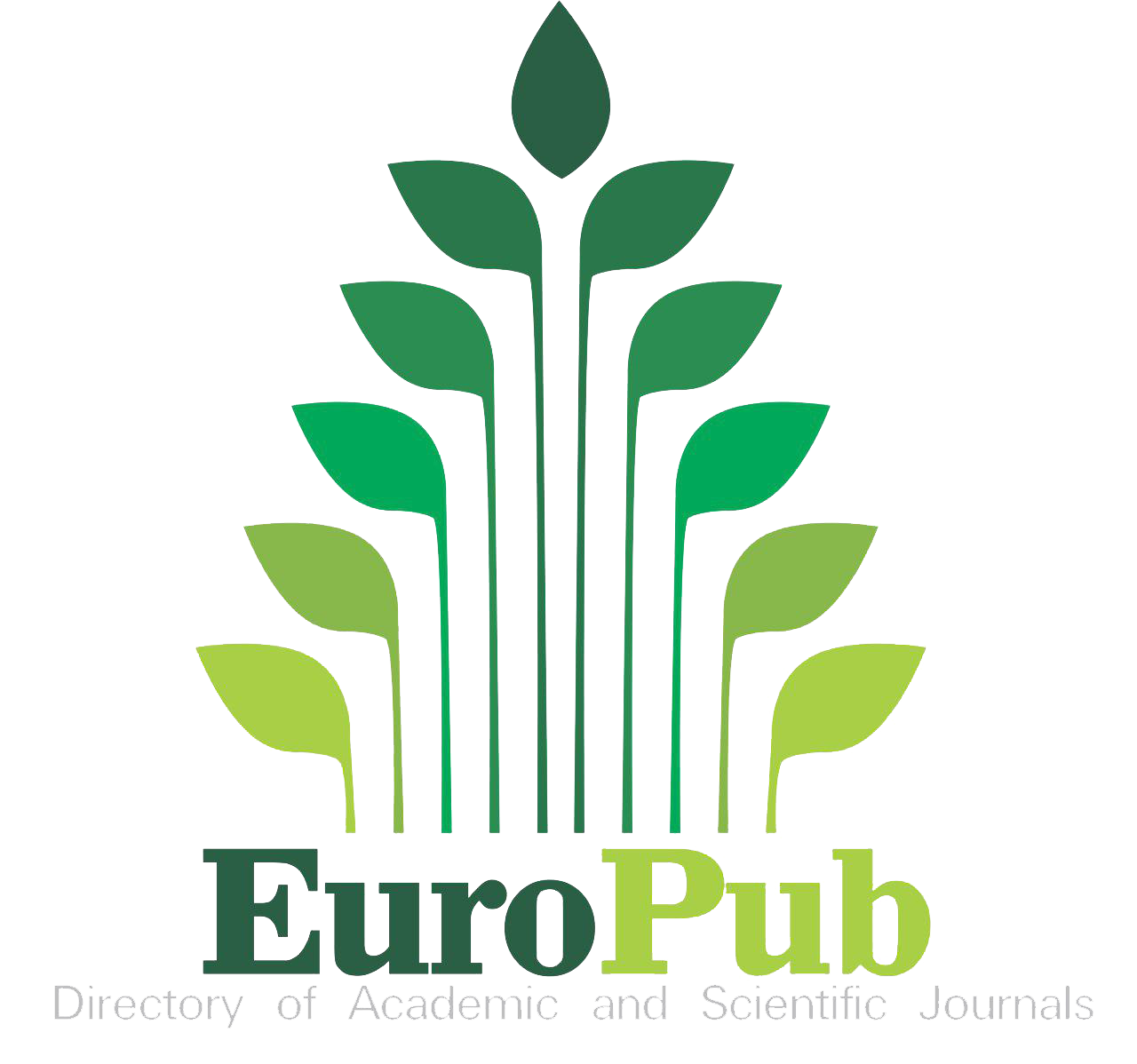
Articles are Open Access and Licensed under a Creative Commons Attribution-NonCommercial 4.0 International License.
Evaluation of Refunctioning/Adaptive Reuse in terms of Cultural Tourism in the Conservation of Architectural Heritage: The Example of Diyarbakýr Ferit Köþk (Mansion)
Nursen IþýkDicle UniversityRefunctining (adaptive reuse) has an important place in the preservation of historical and cultural values. It is aimed to ensure the sustainability of the registered structure with its original components as much as possible by registering some of the structures that need to be conserved. There is an important gap to be filled between the balance of conservation and use; In closing this gap, branding processes in tourism, competing cities, etc. conceptualizations enable cultural values and identity components to come to the fore. In new conservation approaches, registered buildings are very important for the cultural development and promotion of the city. It is an agreed issue that all of these assets should be converted into museums or efforts in this direction are unsustainable and that they should be focused on adaptive reuse and using them while preserving and transferring the citys history and culture to future generations. This study is based on the discussion that finds it right to establish the relationship between the cultural continuity and the use of re-functionalized historical buildings in the context of tourism, especially cultural tourism. Thus, it is aimed to gain the necessary momentum from the unity of culture, conservation, sustainability, and tourism and to create content that contributes to the urban economy. In this context, the existing structural problems of Ferit Köþk (Mansion), which is one of the historical buildings of Diyarbakir, were examined, and suggestions were presented for the sustainability of the mansion, its refunctining (adaptive reuse), the provision of conservation-use balance, and its bringing into cultural tourism. It is aimed to create an agenda for the mansion structure and conservation policy in line with the suggestions presented with this study, which is prepared for the use and transfer of the building to the future by refunctining (adaptive reuse), which is not used today and is in danger of collapsing.
Keywords: Architectural heritage, Diyarbakýr Ferit Köþk (Mansion), sustainability, conservation policy, refunctioning, cultural tourism
Manuscript Language: English











